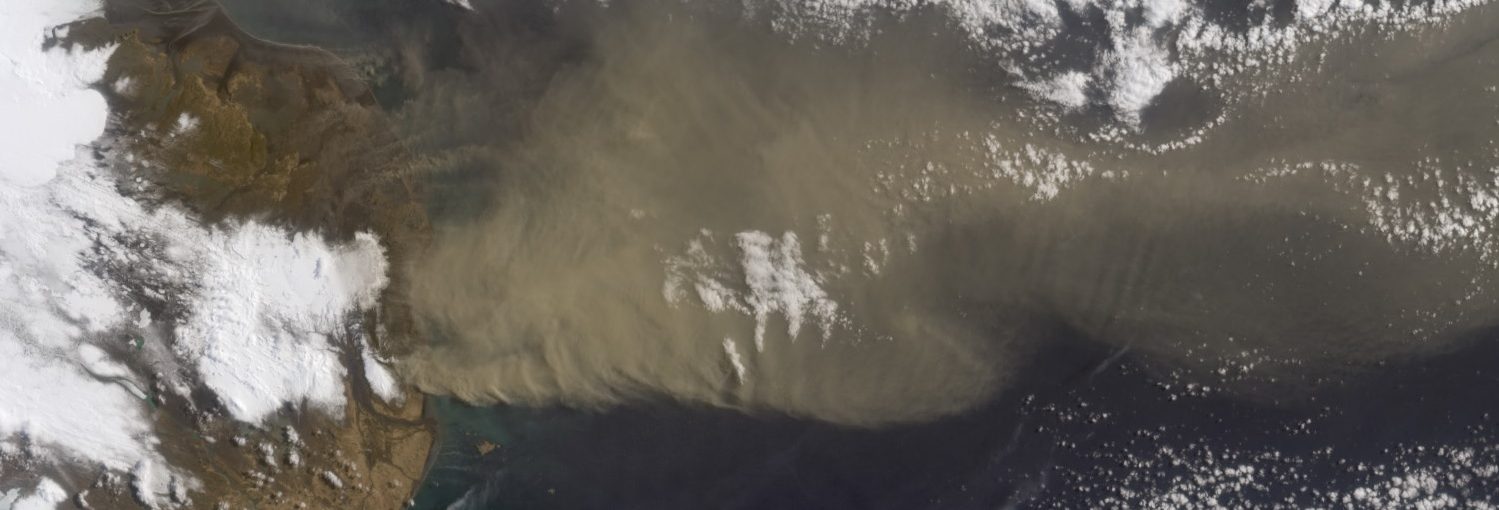The IAVCEI Commission on Tephra Hazard Modelling (THM) was born in 2003 to improve our quantitative understanding of tephra hazards using numerical models and field data. Over the past ~15 years, the commission has actively organized workshops, symposia, and fostered communication among numerical modelers, field geologists, and operational forecasters from the VAACs and observatories. A few of the notable outcomes include: a dataset for the validation of Volcanic Tephra Sedimentation models, scientific recommendations for collecting the largests clasts of tephra deposits for the determination of plume height, a consensual document from two IUGG-WMO workshops on volcanic ash and aviation (2010, 2013), and a JVGR special issue on eruption column model inter-comparison.
The main goals of the commission are to:
- Calibrate existing tephra-dispersal models;
- Identify potential improvements to existing models that would increase precision and accuracy;
- Compile a comprehensive dataset for modeling validation;
- Define a tephra-sampling protocol in order to standardize tephra collection and quantify the accuracy of eruptive parameters derived from field data;
- Determine feasibility of running specific models on different types of computer systems, such as individual personal computers, parallelized clusters, or remote servers using an internationally accessible Web-based interface;
- Present the results in a framework that allows new research to be incorporated into analytical and numerical models for tephra hazard assessments.
